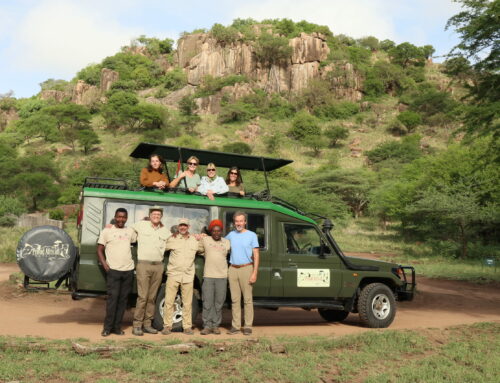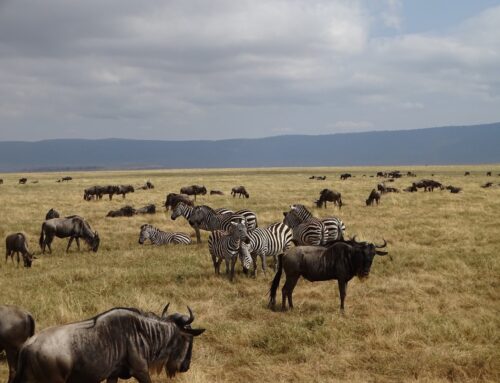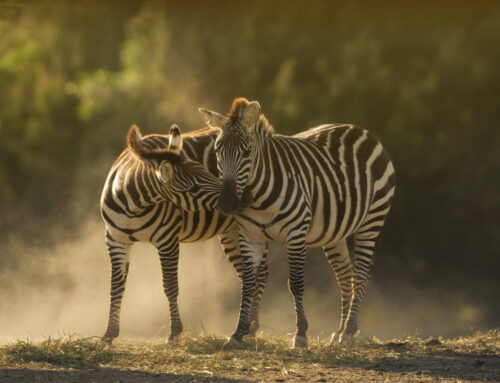The cheetah is one of the most iconic animals of the African grasslands, deserts, and plains. This extraordinary cat can reach speeds of up to 112 kilometers per hour. Cheetahs have slender, long limbs and strong tails that act as a rudder to help steer the mammal as it reaches impressive speeds. An agile cheetah has expansive respiratory and cardiovascular abilities that enable it to ensnare its prey quickly. But while these cats have bodies built for top speeds, they don’t have the large jaws and teeth that other wild cats possess, which can cause trouble in protecting cheetahs.
The cheetah may be able to outrun almost any other animal on earth, but it does not have the physical capacity to protect itself and its young from other predators. And, the cheetah is considered one of the most endangered species on the planet according to the Convention of International Trade in Endangered Species.
What’s being done to protect this extraordinary animal?
One hundred years ago, an estimated 100,000 wild cheetahs were living in 44 countries on the African and Asian continent. But the Cheetah Conservation Fund in Namibia estimates that fewer than 15,000 cheetahs are living in only two dozen countries. The situation for the cheetah is dire, but there are numerous non-profit and other ambitious volunteer organizations that are helping to protect this magnificent animal.
The Cheetah Conservation Fund has been working for many years to lessen cheetah population decline in certain areas. Farming and urbanization are the biggest threat to the cheetah, but strong anti-poaching laws and education have helped to stabilize the animal’s population. But more efforts and ongoing education are still needed to protect the cheetah’s vulnerable population. For more information on what you can to protect this extraordinary cat, please visit www.cheetah.org.
Click the button below to talk to one of our Safari Specialists!
Recent Posts
The cheetah is one of the most iconic animals of the African grasslands, deserts, and plains. This extraordinary cat can reach speeds of up to 112 kilometers per hour. Cheetahs have slender, long limbs and strong tails that act as a rudder to help steer the mammal as it reaches impressive speeds. An agile cheetah has expansive respiratory and cardiovascular abilities that enable it to ensnare its prey quickly. But while these cats have bodies built for top speeds, they don’t have the large jaws and teeth that other wild cats possess, which can cause trouble in protecting cheetahs.
The cheetah may be able to outrun almost any other animal on earth, but it does not have the physical capacity to protect itself and its young from other predators. And, the cheetah is considered one of the most endangered species on the planet according to the Convention of International Trade in Endangered Species.
What’s being done to protect this extraordinary animal?
One hundred years ago, an estimated 100,000 wild cheetahs were living in 44 countries on the African and Asian continent. But the Cheetah Conservation Fund in Namibia estimates that fewer than 15,000 cheetahs are living in only two dozen countries. The situation for the cheetah is dire, but there are numerous non-profit and other ambitious volunteer organizations that are helping to protect this magnificent animal.
The Cheetah Conservation Fund has been working for many years to lessen cheetah population decline in certain areas. Farming and urbanization are the biggest threat to the cheetah, but strong anti-poaching laws and education have helped to stabilize the animal’s population. But more efforts and ongoing education are still needed to protect the cheetah’s vulnerable population. For more information on what you can to protect this extraordinary cat, please visit www.cheetah.org.







